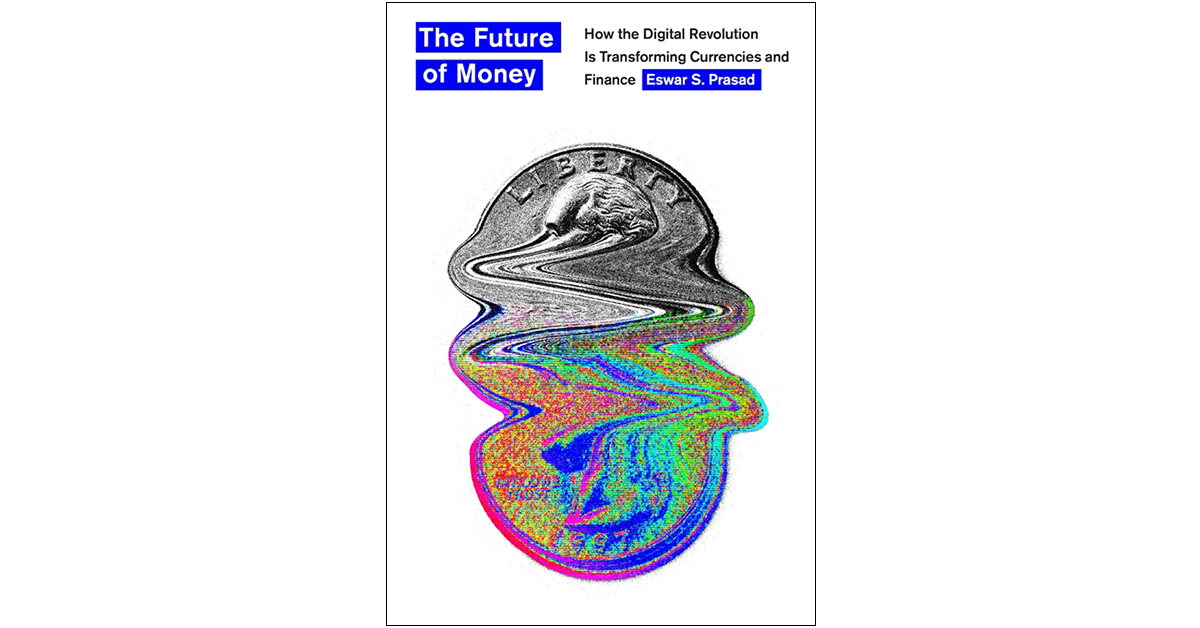- Cryptocurrencies are gaining popularity, but their long-term impact on the economic and financial landscape is uncertain.
- Eswar S. Prasad’s book, “The Future of Money: How the Digital Revolution Is Transforming Currencies and Finance,” explores the potential advantages and shortcomings of digital currencies.
- The book is divided into four parts: “Laying the Bedrock,” “Innovations,” “Central Bank Money,” and “Ramifications.”
- Fintech, including cryptocurrencies and blockchain technology, is reshaping the financial industry.
- Bitcoin and Ethereum are the most well-known cryptocurrencies, but each has its own protocol and limitations.
- Prasad debunks some myths about crypto, such as the notion of anonymity and the invulnerability of blockchain technology.
- Central bank digital currencies (CBDCs) have the potential to improve efficiency and offer benefits like backup payment systems and financial inclusion.
- Innovations in the financial industry create winners and losers, and understanding these changes is crucial for investors.
The book “The Future of Money: How the Digital Revolution Is Transforming Currencies and Finance” by Eswar S. Prasad explores the possibilities and challenges of digital currencies and their impact on the future of finance. Prasad, a renowned economist and author, provides valuable insights into the changing landscape of money, from traditional paper notes to digital currencies.
Prasad begins by discussing the rising popularity of cryptocurrencies and the interest they have garnered from celebrities and investors alike. However, he emphasizes the importance of understanding the advantages and limitations of digital currencies to make informed investment decisions.
The book is divided into four parts. The first part, “Laying the Bedrock,” sets the foundation by exploring the future and promise of digital currencies and giving an introduction to finance for readers with little background in the field. The second part, “Innovations,” delves into the history of fintech and the crypto revolution, examining the evolution of financial technologies and their impact on the industry.
One of the key topics explored in the “Innovations” section is the blockchain technology that underpins cryptocurrencies. Prasad provides a comprehensive explanation of how blockchain works and its potential applications in various industries beyond finance. He also examines the different protocols used by cryptocurrencies like Bitcoin and Ethereum and highlights their respective advantages and weaknesses.
Prasad also addresses common misconceptions about cryptocurrencies and digital currencies. For example, he dispels the notion that cryptocurrencies offer anonymity, as digital currencies require consumer identification for transactions. He also highlights the vulnerabilities of blockchain technology and discusses ways in which individuals can exploit it.
In the later parts of the book, Prasad focuses on the potential of central bank digital currencies (CBDCs) and their implications. He argues that CBDCs can improve efficiency in the financial system and offer benefits such as backup payment systems and promoting financial inclusion. Additionally, he explores the potential ramifications of digital currencies on the international monetary system.
While the book may not provide specific investment advice or insights into the valuation of cryptocurrencies, it offers a broader understanding of the opportunities and challenges surrounding digital currencies. Prasad highlights the potential impact of digital currencies on various sectors and how investors can identify industries that may benefit from these changes.
In conclusion, “The Future of Money: How the Digital Revolution Is Transforming Currencies and Finance” provides readers with an in-depth exploration of the possibilities and challenges of digital currencies. It offers a valuable perspective on the changing financial landscape and the potential impact on different industries.







